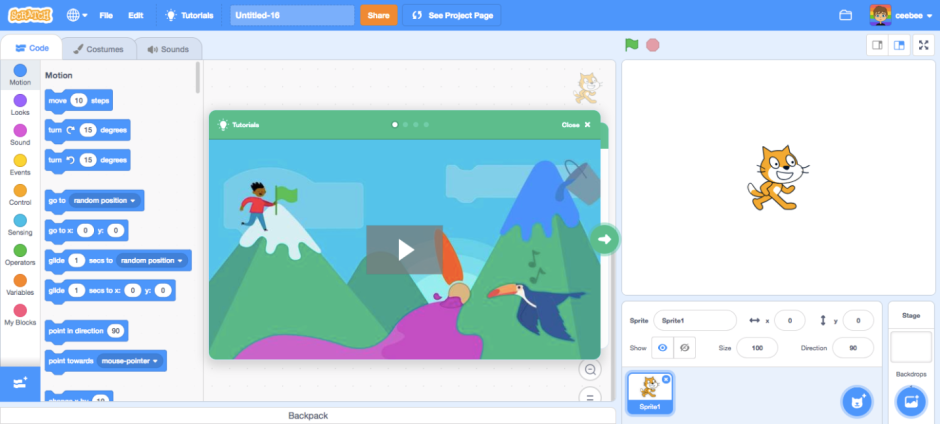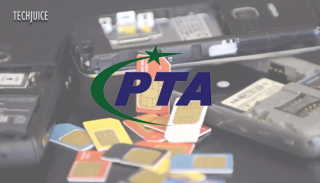The uber-popular children’s programming language Scratch 3.0 is finally released, Scratch is basically an environment aimed at teaching kids basic programming language in a fun and adventurous way. After months in Beta, the language was finally released on January 2nd, the latest 3.0 version includes support for tablet. Scratch 3.0 is based on HTML, CSS, Javascript and a new extension system.
The new version expands the design capability of the environment, it further includes a lot of new sprites, a new sound editor and several new programming blocks. The scratch environment has been tweaked to work on touch devices. The programming blocks have also increased in size while new blocks have also been added. These new blocks include:
- New “sound effects”
- A new extension library lets users add new sets of blocks that connect to hardware and software components to do more tasks with Scratch
- New operators that make it easier to work with text (strings)
- New pen blocks, including support for transparency
- New glide block to move easily to a sprite (or random point)
The latest version has new capabilities via “Scratch extensions”, these extensions are basically a collection of extra blocks in the scratch editor. The currently available extension enables the programming of physical devices, allows translation of text via Google translate. All of this is possible within the created Scratch Project.
According to the blog post by MIT Media Lab, Scratch has seen a lot of success in recent times, the popular language has more than 30 million registered members on its website and an impressive 1 million people register every month. The visual language was created more than a decade ago, way back in 2007 by the MIT Media Lab.
The initial version of the language, Scratch 1 was desktop only, the second version, Scratch 2.0 was released in 2013 and had both an online and offline editor, then came Scratch 3.0 which was announced in 2016 and had to go through several revisions and preview versions in order to remove bugs, the beta preview was subsequently released on August 1st, 2018. The latest version runs on the Desktop environment via Google Chrome, Firefox, Edge and/or Safari, the language however does run on the archaic Internet Explorer. On tablet, it needs Mobile chrome or Mobile Safari.












